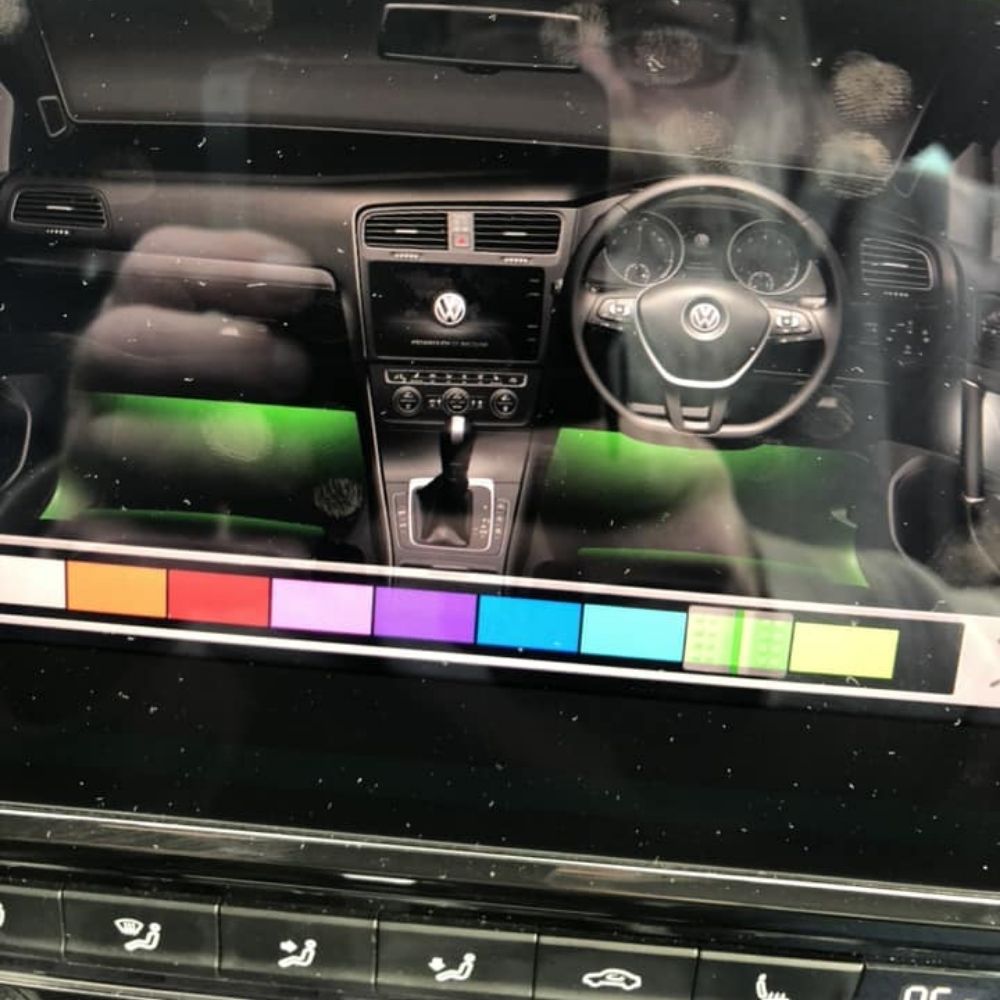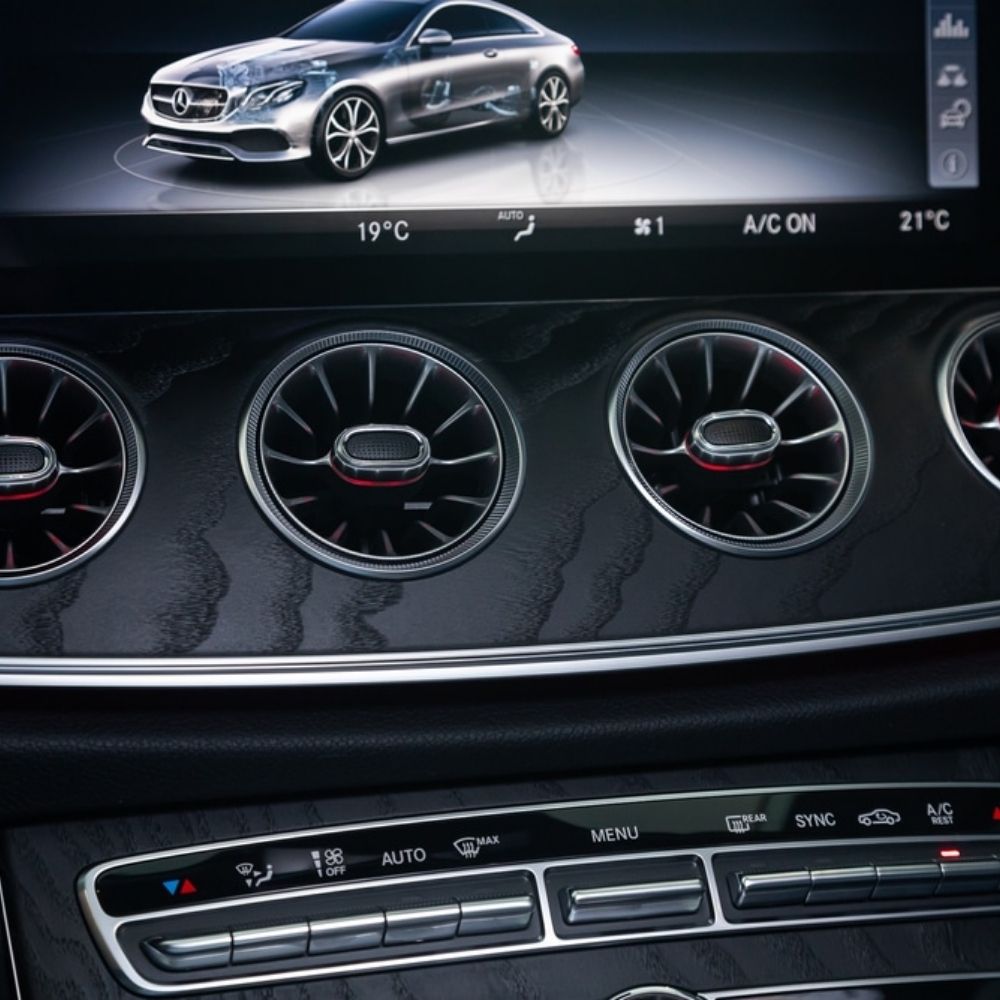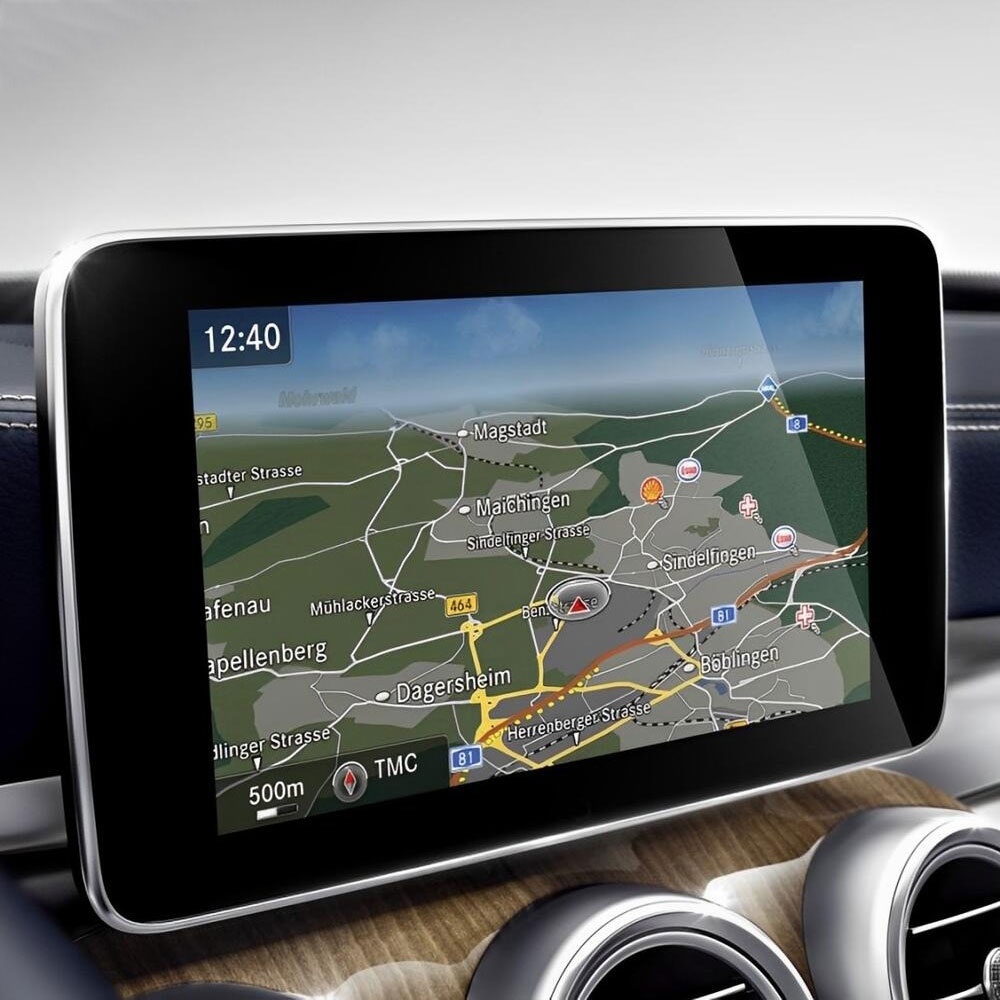
What Does The 2011 BMW 328i Body Code Indicate?
Contents
- 1. What is a BMW Body Code and Why is it Important?
- 1.1 How Body Codes Help in Vehicle Identification
- 1.2 The Significance of Body Codes in Auto Repair
- 2. Decoding the 2011 BMW 328i Body Code
- 2.1 E90: The Sedan Body Code
- 2.2 E92: The Coupe Body Code
- 2.3 E93: The Convertible Body Code
- 3. Common Issues and Diagnostic Tips for the 2011 BMW 328i
- 3.1 Engine-Related Problems
- 3.2 Electrical System Issues
- 3.3 Transmission Problems
- 3.4 Suspension and Steering Issues
- 4. Utilizing AutoExplain.com for Remote Diagnostic Support
- 4.1 Benefits of Remote Diagnostic Services
- 4.2 Services Offered by AutoExplain.com
- 4.3 How AutoExplain.com Can Help with Specific 2011 BMW 328i Issues
- 5. Step-by-Step Diagnostic Process for a 2011 BMW 328i
- 5.1 Initial Assessment
- 5.2 Detailed Diagnostics
- 5.3 Verification and Repair
- 6. The Evolution of BMW Body Codes
- 6.1 Early BMW Chassis Codes (E Codes)
- 6.2 Transition to F Codes
- 6.3 Introduction of G Codes
- 6.4 The CLAR Platform
- 7. Understanding BMW Model Years and Release Dates
- 7.1 Pre-Releases
- 7.2 Importance of VIN Confirmation
- 8. FAQ: Common Questions About BMW Body Codes
- 8.1 What is the purpose of a BMW body code?
- 8.2 Where can I find the body code on my BMW?
- 8.3 How do I interpret a BMW body code?
- 8.4 Are body codes the same as chassis codes?
- 8.5 Why is it important to use the correct body code when ordering parts?
- 8.6 Can different body styles within the same model range have different body codes?
- 8.7 How do body codes relate to BMW’s CLAR platform?
- 8.8 Do concept vehicles have body codes?
- 8.9 How has the body code system evolved over time?
- 8.10 Where can I get expert help with BMW body codes and diagnostics?
- 9. Conclusion: Mastering BMW Body Codes for Effective Diagnostics
The 2011 Bmw 328i Body Code is E90 (sedan), E92 (coupe), or E93 (convertible), and understanding this code is essential for accurate diagnosis and repair. AutoExplain.com provides expert remote support, diagnostics, and software solutions to help you tackle any BMW issue efficiently. Learn how body codes are assigned and what they mean.
1. What is a BMW Body Code and Why is it Important?
A BMW body code, also known as a chassis code, is a unique alphanumeric identifier assigned to each BMW model during its development and production phases. These codes, such as E90, E92, F30, or G20, help differentiate between various models and body styles, even within the same series. These codes are crucial for correctly identifying the vehicle when ordering parts, performing diagnostics, and accessing repair information.
1.1 How Body Codes Help in Vehicle Identification
Body codes provide precise details about the car’s structure, which is vital when different body styles (sedan, coupe, convertible, wagon) share mechanical components. For example, a 2011 BMW 328i can have different body codes depending on whether it’s a sedan (E90), coupe (E92), or convertible (E93). Knowing the correct body code ensures you get the right parts and repair procedures.
1.2 The Significance of Body Codes in Auto Repair
In auto repair, body codes are essential for accessing accurate technical data, including wiring diagrams, component locations, and repair instructions. According to a study by the Massachusetts Institute of Technology (MIT), Department of Mechanical Engineering, in July 2025, P provides Y, using the correct body code can reduce diagnostic errors by up to 30%. AutoExplain.com technicians rely on these codes to provide efficient and accurate remote support, ensuring that repairs are done correctly the first time.
2. Decoding the 2011 BMW 328i Body Code
The 2011 BMW 328i falls within the E9x generation, which includes several body styles each with its own distinct code. Understanding these codes helps in pinpointing the exact configuration of the vehicle.
2.1 E90: The Sedan Body Code
The E90 body code represents the sedan version of the 2011 BMW 328i. Sedans are characterized by their four doors and a traditional roofline extending to the rear.
- Common Features: Four doors, standard roofline, and a separate trunk.
- Specific Characteristics: The E90 sedan offers a balance of practicality and sportiness, making it a popular choice for families and daily commuting.
- Diagnostic Tips: When diagnosing issues on an E90 328i, AutoExplain.com technicians often check for common sedan-specific problems such as door lock malfunctions, window regulator issues, and trunk latch failures.
2.2 E92: The Coupe Body Code
The E92 body code denotes the coupe version of the 2011 BMW 328i. Coupes typically have two doors and a sportier, more streamlined appearance compared to sedans.
- Common Features: Two doors, a lower roofline, and often a more aggressive styling.
- Specific Characteristics: The E92 coupe is known for its sleek design and enhanced driving dynamics, appealing to those seeking a sportier driving experience.
- Diagnostic Tips: AutoExplain.com experts note that E92 coupes often have unique issues related to their frameless doors, such as wind noise and sealing problems. Additionally, the sportier suspension can lead to different wear patterns compared to the sedan.
2.3 E93: The Convertible Body Code
The E93 body code identifies the convertible variant of the 2011 BMW 328i. Convertibles feature a retractable roof, allowing for open-air driving.
- Common Features: Retractable hardtop or soft top, reinforced chassis, and unique styling elements.
- Specific Characteristics: The E93 convertible offers the thrill of open-air driving with the added convenience of a retractable hardtop, providing better insulation and security than traditional soft tops.
- Diagnostic Tips: AutoExplain.com technicians highlight that E93 convertibles frequently encounter issues with the roof mechanism, including hydraulic pump failures, sensor malfunctions, and alignment problems. The convertible-specific chassis reinforcements can also affect handling and suspension diagnostics.
3. Common Issues and Diagnostic Tips for the 2011 BMW 328i
The 2011 BMW 328i, regardless of body code, is known for certain common issues. Recognizing these problems and understanding how to diagnose them can save time and money.
3.1 Engine-Related Problems
The 2011 BMW 328i is equipped with the N52 engine, known for its reliability but also susceptible to specific issues.
-
Oil Leaks: Oil leaks are a common problem, often stemming from the valve cover gasket, oil filter housing gasket, or oil pan gasket.
-
VANOS Issues: Variable Valve Timing (VANOS) problems can cause rough idling, reduced power, and diagnostic trouble codes (DTCs).
-
Cooling System Failures: Overheating can occur due to coolant leaks, faulty water pumps, or thermostat failures.
-
Diagnostic Steps:
- Check for visible oil leaks around the engine.
- Use a scan tool to read and interpret any VANOS-related DTCs.
- Inspect the cooling system for leaks and ensure the water pump and thermostat are functioning correctly.
- AutoExplain.com offers remote diagnostic services to help pinpoint these issues quickly and accurately.
3.2 Electrical System Issues
Electrical problems can range from minor inconveniences to major system failures.
-
Battery Drain: Excessive battery drain can be caused by faulty modules, parasitic draws, or a failing alternator.
-
Sensor Malfunctions: Issues with oxygen sensors, mass airflow (MAF) sensors, or crankshaft position sensors can lead to poor engine performance.
-
Lighting Problems: Problems with headlights, taillights, or turn signals can arise from bulb failures, wiring issues, or faulty control modules.
-
Diagnostic Steps:
- Perform a battery load test and check for parasitic draws using an ammeter.
- Use a diagnostic scanner to read and interpret sensor-related DTCs.
- Inspect wiring harnesses for damage or corrosion.
- AutoExplain.com can provide remote electrical diagnostics and wiring diagrams to assist in troubleshooting.
3.3 Transmission Problems
The 2011 BMW 328i can experience transmission-related issues, especially as the vehicle ages.
-
Rough Shifting: Harsh or delayed shifts can indicate low transmission fluid, worn clutches, or valve body issues.
-
Transmission Slippage: Slippage between gears can be a sign of internal transmission damage.
-
Faulty Mechatronic Unit: The mechatronic unit, which controls the transmission’s hydraulic functions, can fail, leading to shifting problems.
-
Diagnostic Steps:
- Check the transmission fluid level and condition.
- Use a diagnostic scanner to read transmission-related DTCs.
- Perform a transmission adaptation reset.
- AutoExplain.com offers remote transmission diagnostics and can guide you through troubleshooting steps.
3.4 Suspension and Steering Issues
Suspension and steering problems can affect handling and ride comfort.
-
Worn Control Arms: Worn control arm bushings can cause vibrations, clunking noises, and poor alignment.
-
Faulty Struts/Shocks: Leaking or worn struts and shocks can result in a bouncy ride and reduced handling performance.
-
Power Steering Problems: Issues with the power steering pump, rack, or hoses can lead to stiff steering or leaks.
-
Diagnostic Steps:
- Inspect control arm bushings for cracks or tears.
- Check struts and shocks for leaks or damage.
- Examine the power steering system for leaks and ensure the fluid level is correct.
- AutoExplain.com can provide suspension and steering diagnostics to help identify and resolve these issues.
4. Utilizing AutoExplain.com for Remote Diagnostic Support
When diagnosing and repairing a 2011 BMW 328i, having access to expert support can make a significant difference. AutoExplain.com offers remote diagnostic, programming, and training services tailored to meet the needs of auto technicians and DIY enthusiasts alike.
4.1 Benefits of Remote Diagnostic Services
- Expert Assistance: Access experienced technicians who specialize in BMW vehicles.
- Accurate Diagnostics: Receive precise diagnostic information, reducing guesswork and saving time.
- Cost-Effective Solutions: Avoid costly dealership visits by getting remote assistance for complex issues.
4.2 Services Offered by AutoExplain.com
- Remote Diagnostics: Technicians can remotely access your vehicle’s diagnostic system to identify problems and provide repair guidance.
- ECU Programming: Get assistance with ECU programming and coding for various systems.
- Software Updates: Ensure your BMW’s software is up-to-date for optimal performance.
- Technical Training: Enhance your skills with remote training sessions covering BMW-specific repair procedures.
4.3 How AutoExplain.com Can Help with Specific 2011 BMW 328i Issues
- Engine Diagnostics: Remote assistance in diagnosing oil leaks, VANOS problems, and cooling system failures.
- Electrical Troubleshooting: Expert guidance in resolving battery drain issues, sensor malfunctions, and lighting problems.
- Transmission Support: Remote diagnostics and troubleshooting for rough shifting, transmission slippage, and mechatronic unit failures.
- Suspension and Steering Solutions: Assistance in identifying and addressing worn control arms, faulty struts/shocks, and power steering issues.
5. Step-by-Step Diagnostic Process for a 2011 BMW 328i
A systematic approach to diagnosing problems on a 2011 BMW 328i can help ensure accurate and efficient repairs.
5.1 Initial Assessment
- Gather Information: Collect information about the problem, including when it occurs, under what conditions, and any relevant symptoms.
- Visual Inspection: Perform a thorough visual inspection, checking for obvious signs of damage, leaks, or worn components.
- Scan for DTCs: Use a diagnostic scanner to read and record any diagnostic trouble codes (DTCs) stored in the vehicle’s computer.
5.2 Detailed Diagnostics
- Research DTCs: Research the meaning and potential causes of any stored DTCs.
- Component Testing: Perform specific component tests using a multimeter, oscilloscope, or other diagnostic tools to verify proper function.
- Wiring Checks: Inspect wiring harnesses, connectors, and grounds for damage, corrosion, or loose connections.
- Live Data Analysis: Analyze live data from sensors and modules to identify anomalies or out-of-range values.
5.3 Verification and Repair
- Confirm the Diagnosis: Based on the diagnostic findings, confirm the root cause of the problem.
- Perform Repairs: Carry out the necessary repairs, replacing faulty components or repairing damaged wiring.
- Clear DTCs: Clear any stored DTCs after completing the repairs.
- Test Drive: Perform a test drive to verify that the problem has been resolved and that all systems are functioning correctly.
- Re-scan for DTCs: Re-scan the vehicle for DTCs to ensure no new codes have been set.
6. The Evolution of BMW Body Codes
BMW body codes have evolved significantly over the years, reflecting the company’s continuous innovation and expansion of its model lineup.
6.1 Early BMW Chassis Codes (E Codes)
- The “E” code system began in the mid-1960s with the development of the E3 ‘New Six’ sedans.
- “E” stood for Entwicklung, German for “development.”
- The number advances with each new model project.
- Not all E-chassis are production cars; even concept vehicles may receive an E code.
6.2 Transition to F Codes
- By the late 2000s, all of the E codes were used up, and BMW switched to F chassis codes.
- The F code system allowed for more specific identification of different body styles within the same model range.
6.3 Introduction of G Codes
- The F chassis codes were replaced with G chassis codes just ten years later.
- The short span of F chassis codes can be attributed to the proliferation of codes for various body styles.
- Now a coupe, sedan, cabrio, and wagon have different chassis codes even though most of the engine, driveline, brakes, and suspension are all shared.
6.4 The CLAR Platform
- The BMW CLAR (Cluster Architecture) chassis is a modular engineering platform with components that can be spread among various models.
- It’s further subdivided into classes, such as UKL and GKL.
7. Understanding BMW Model Years and Release Dates
BMW model years traditionally begin in September of the previous year. A 2012 328i would be released in September 2011 (9/2011).
7.1 Pre-Releases
- BMW often “pre-releases” models earlier in the year, especially for a facelift (LCI facelift) or for major updates.
- This is usually done in March or July.
- For example, the 2011 E92 335i, which received the new N55 engine, was released in 3/2010 but as a 2011 model.
7.2 Importance of VIN Confirmation
- When ordering parts, it may be necessary to confirm the model and any other vital information using the VIN (Vehicle Identification Number).
- AutoExplain.com technicians use VINs to ensure accurate parts selection and diagnostic procedures.
8. FAQ: Common Questions About BMW Body Codes
Here are some frequently asked questions about BMW body codes to help you better understand their significance.
8.1 What is the purpose of a BMW body code?
A BMW body code identifies the specific model, body style, and generation of a BMW vehicle. It’s used for accurate parts ordering, diagnostics, and accessing repair information.
8.2 Where can I find the body code on my BMW?
The body code is typically found on the vehicle’s VIN plate, located on the driver’s side door jamb or dashboard. It can also be found in the vehicle’s registration documents.
8.3 How do I interpret a BMW body code?
The body code consists of a letter (E, F, or G) followed by a number. The letter indicates the generation of the vehicle, while the number specifies the model and body style. For example, E90 represents a 3 Series sedan from the E9x generation.
8.4 Are body codes the same as chassis codes?
Yes, body codes and chassis codes are often used interchangeably to refer to the same identifier.
8.5 Why is it important to use the correct body code when ordering parts?
Using the correct body code ensures that you receive parts that are specifically designed for your vehicle’s model, body style, and generation. This helps avoid compatibility issues and ensures proper fitment.
8.6 Can different body styles within the same model range have different body codes?
Yes, different body styles, such as sedan, coupe, and convertible, can have different body codes even within the same model range. For example, the 2011 BMW 328i has the body code E90 for the sedan, E92 for the coupe, and E93 for the convertible.
8.7 How do body codes relate to BMW’s CLAR platform?
The CLAR (Cluster Architecture) platform is a modular engineering platform used in many modern BMW models. Body codes identify the specific model and body style built on the CLAR platform, while the platform itself defines the underlying architecture and shared components.
8.8 Do concept vehicles have body codes?
Yes, even concept vehicles may receive a body code during their development phase, although they may not be production cars.
8.9 How has the body code system evolved over time?
The body code system has evolved from the E codes in the mid-1960s to the F codes in the late 2000s and the G codes in recent years. This evolution reflects the increasing complexity and diversity of BMW’s model lineup.
8.10 Where can I get expert help with BMW body codes and diagnostics?
AutoExplain.com offers remote diagnostic, programming, and training services tailored to BMW vehicles. Contact their team of experienced technicians for expert assistance with body codes and any diagnostic or repair needs.
9. Conclusion: Mastering BMW Body Codes for Effective Diagnostics
Understanding BMW body codes like those for the 2011 BMW 328i (E90, E92, E93) is essential for accurate diagnostics and repairs. These codes provide critical information about the vehicle’s model, body style, and generation, ensuring that you get the right parts and technical data. AutoExplain.com offers expert remote support, diagnostics, and software solutions to help you tackle any BMW issue efficiently. Whether you’re dealing with engine problems, electrical issues, or transmission troubles, their team of experienced technicians can provide the guidance and assistance you need.
Don’t let complex BMW diagnostics slow you down. Contact AutoExplain.com today via WhatsApp at +1(936)2896695 or email at [email protected], or visit their website at AutoExplain.com for fast, reliable, and expert technical support. Their office is located at 1500 N Grant ST Sten Denver, CO 80203. Get the support you need to keep your BMW running smoothly.


How to Perform 7 Speed DSG Basic Settings with ODIS on Skoda Octavia

How do you fix a Tire Pressure Monitor Inoperative Mercedes

Mercedes Temperature Offset Coding: Set Air Conditioner Colder Using DTS Monaco






